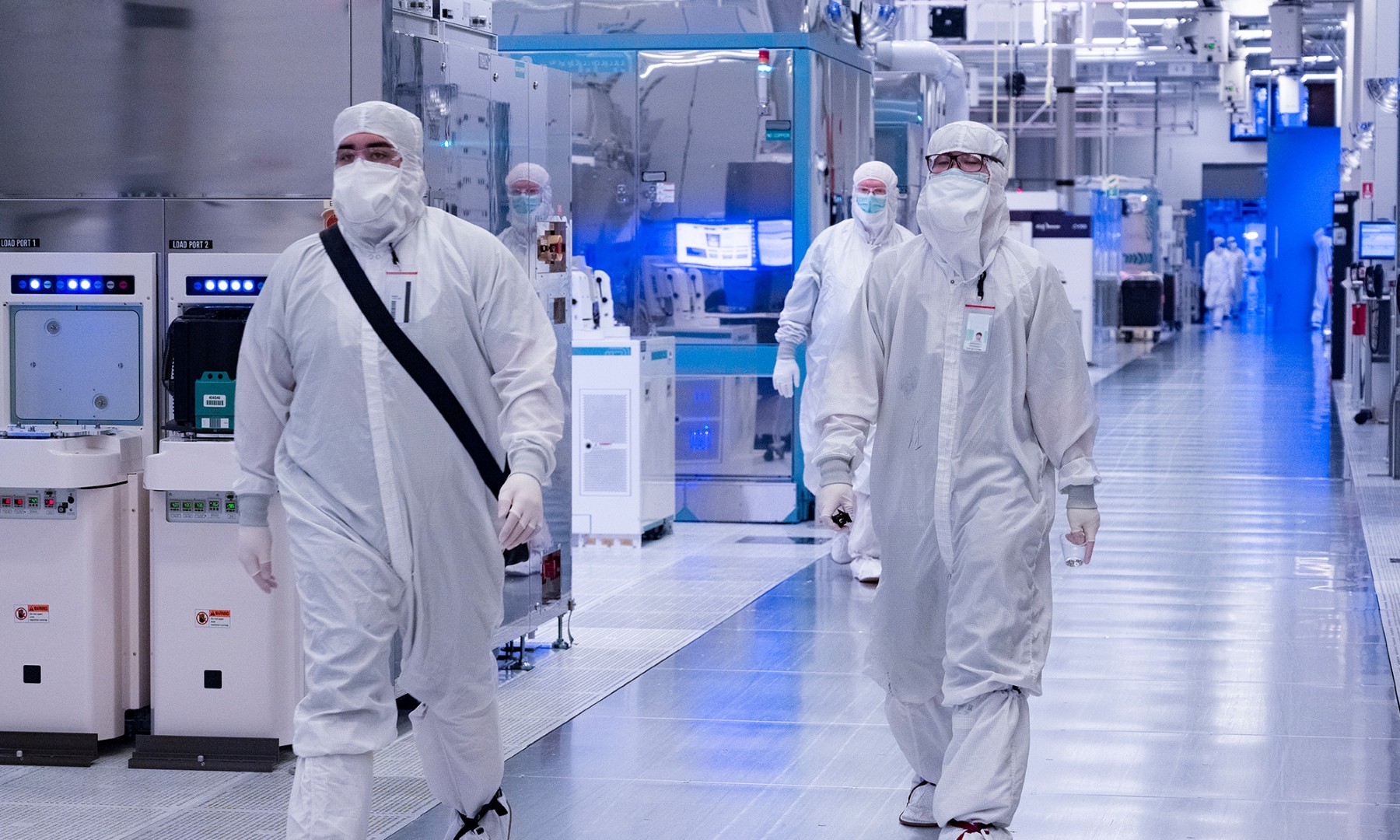Intel (INTC +6.47%) was recently caught in the trade war crossfire as the U.S. Department of Defense added Chinese tech giant Inspur to its "entity list" of companies with close ties to the Chinese government.
Inspur controlled nearly 37.6% of China's server market in the first quarter of 2020, according to Gartner, and spent 17.9 billion yuan ($2.5 billion) on Intel's components last year. That equals about 12.5% of Intel's revenue from China (including Hong Kong), and 3.5% of its total revenue last year.
Intel suspended its shipments to Inspur, and it seemed like another big setback for the chipmaker -- which is still struggling with an ongoing chip shortage, intense competition from AMD (AMD 2.02%), and the loss of Apple (AAPL 0.83%) as a top customer.

Image source: Getty Images.
However, Intel resumed its shipments to Inspur just a few days later, claiming it resolved the issues with adjustments to its supply chain. Intel didn't disclose the exact nature of those changes, but a spokesperson told the South China Morning Post the adjustments were made in "compliance with U.S. laws."
It's unclear if the DOD will strike back against Intel's decision, but it highlights a major weakness in the chipmaker's business: its exposure to China, a soft spot as the trade war evolves into a full-blown tech war.
This isn't Intel's first rodeo in China
Intel is the world's largest manufacturer of x86 CPUs for PCs and servers. It controlled over 80% of the PC market and more than 95% of the server market at the end of 2019, according to Mercury Research. Its only meaningful competitor in both markets is AMD.

Image source: Getty Images.
Intel dominates the server market because its Xeon CPUs are widely regarded as the "best in breed" chips for data centers. None of China's homegrown server chips -- many of which were built on ARM, MIPS, and RISC-V architectures -- come close to matching Intel's performance yet.
That's why Inspur still sources all of its chips from Intel, instead of AMD or China's domestic chipmakers. The Chinese government's supercomputers also previously ran on Intel's Xeon processors.
But back in 2015, the U.S. government blocked Intel from selling any new Xeon chips for Chinese supercomputers, citing concerns about their role in nuclear research and simulations. Intel complied with the order and was seemingly compensated with new contracts for government supercomputers in the U.S.
However, that divorce forced the Chinese government to develop supercomputers powered by top-tier homegrown chips. It also pushed China to aggressively reduce its dependence on American technologies, which paved the way for the current clashes over American chips in Chinese hardware.
Challenges looming on the horizon
Intel generated 28% of its revenue from China last year, and nearly 10% of its net properties, plants, and equipment -- including one foundry and two assembly and test sites -- are located in China.
The Chinese government clearly wants the country to reduce its dependence on Intel and other American chipmakers. It briefly secured the ability to manufacture "clones" of AMD's Epyc server chips via several joint ventures in 2018, but those JVs were all added to the dreaded entity list last year.
Meanwhile, Chinese chipmakers, many of them backed by the government, continue to develop more advanced chips. Zhaoxin, a joint venture between VIA Technologies and the Shanghai Municipal Government, launched chips that offered performance comparable to that of Intel's older Core i5 CPUs last year. Alibaba (BABA 2.75%) also launched powerful RISC-V chips, which targeted the 5G, AI, and Internet of Things markets, last year. These developments all indicate Intel's days in China could be numbered.
The key takeaways
Intel's quick resumption of its shipments to Inspur indicates it can pivot the production of its chips to its facilities in China and other countries to bypass the DOD's demands. However, the DOD could still pass additional restrictions against Intel, and the chipmaker could lose significant revenue from its single largest market.









